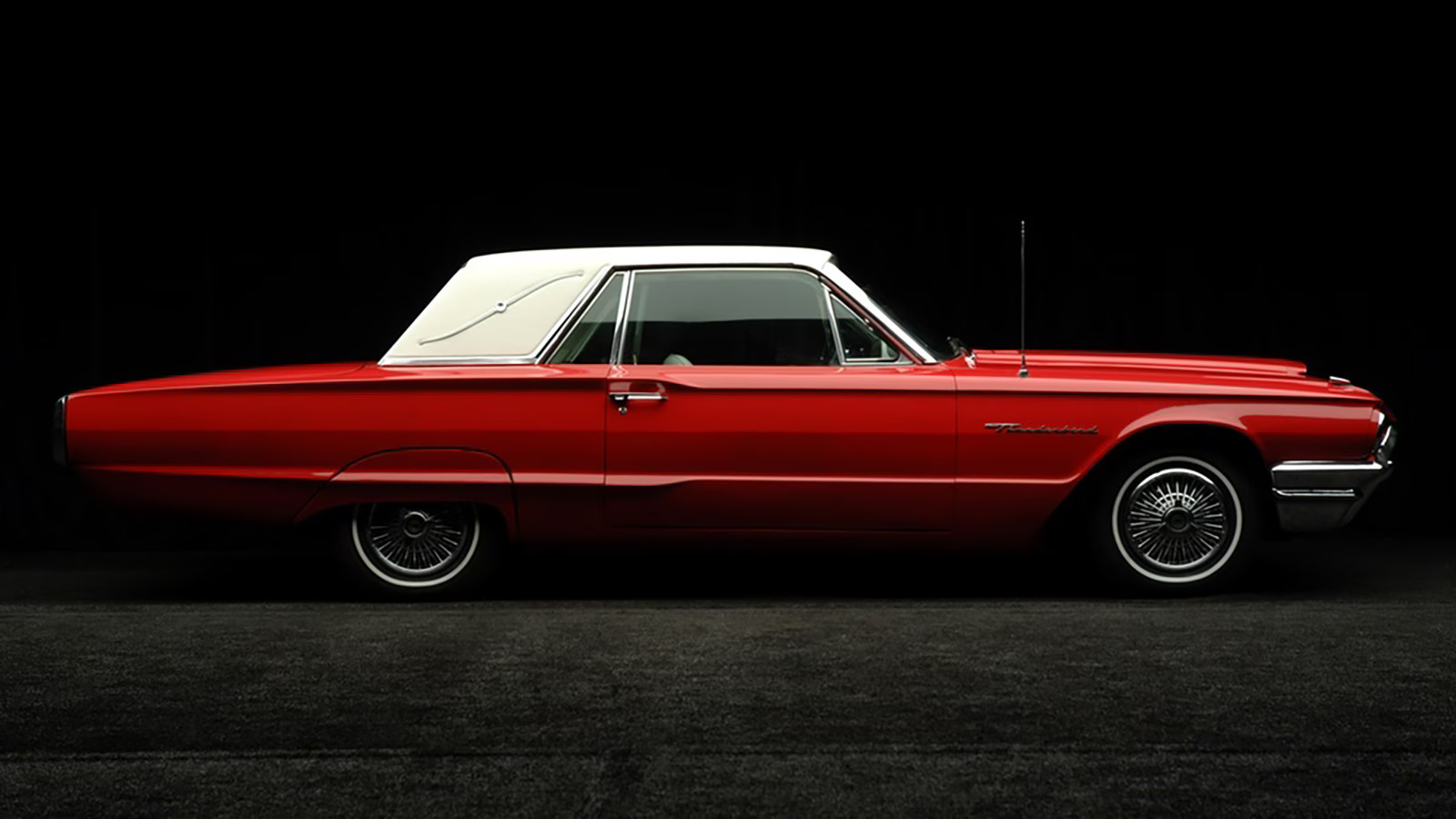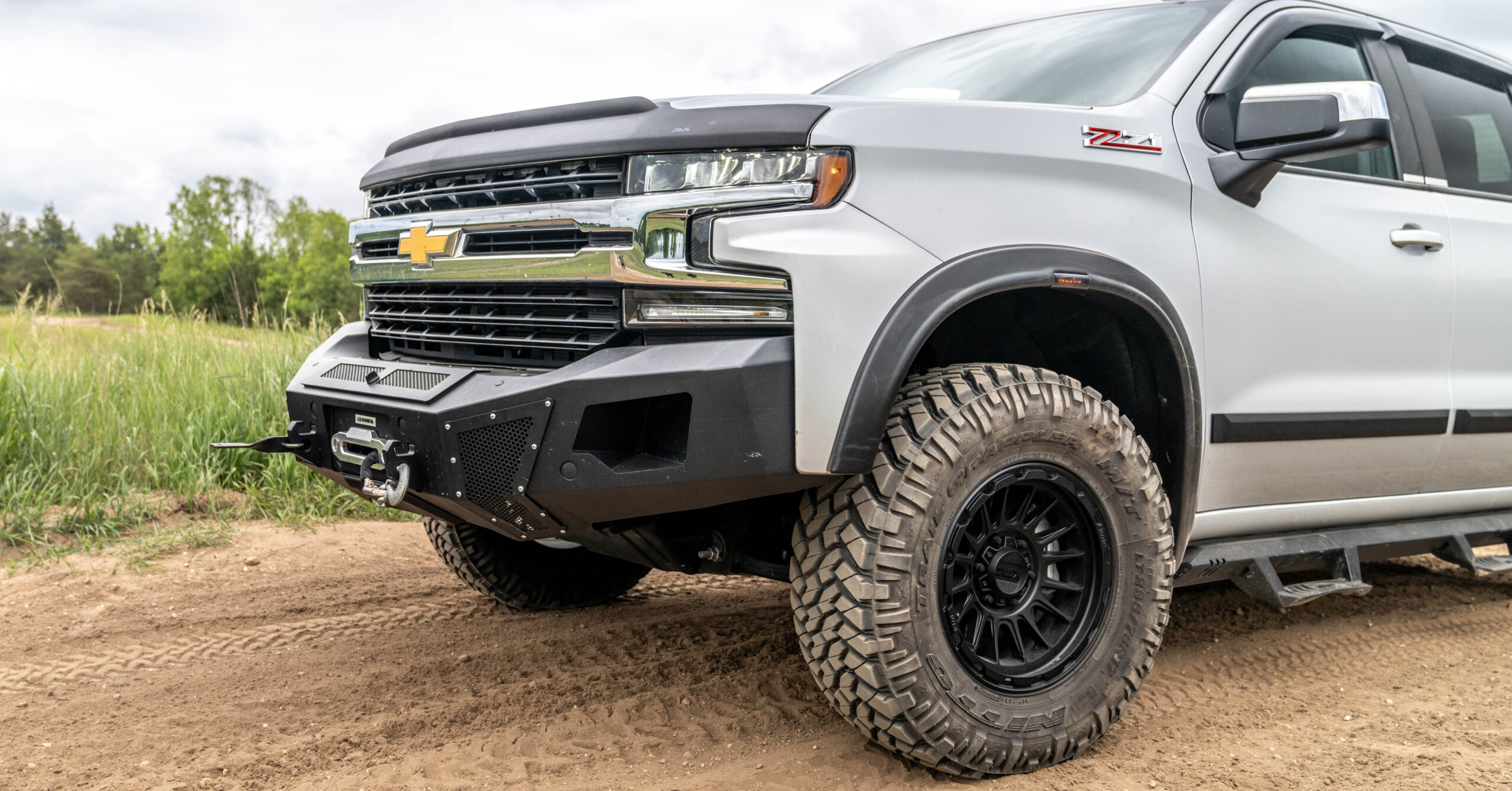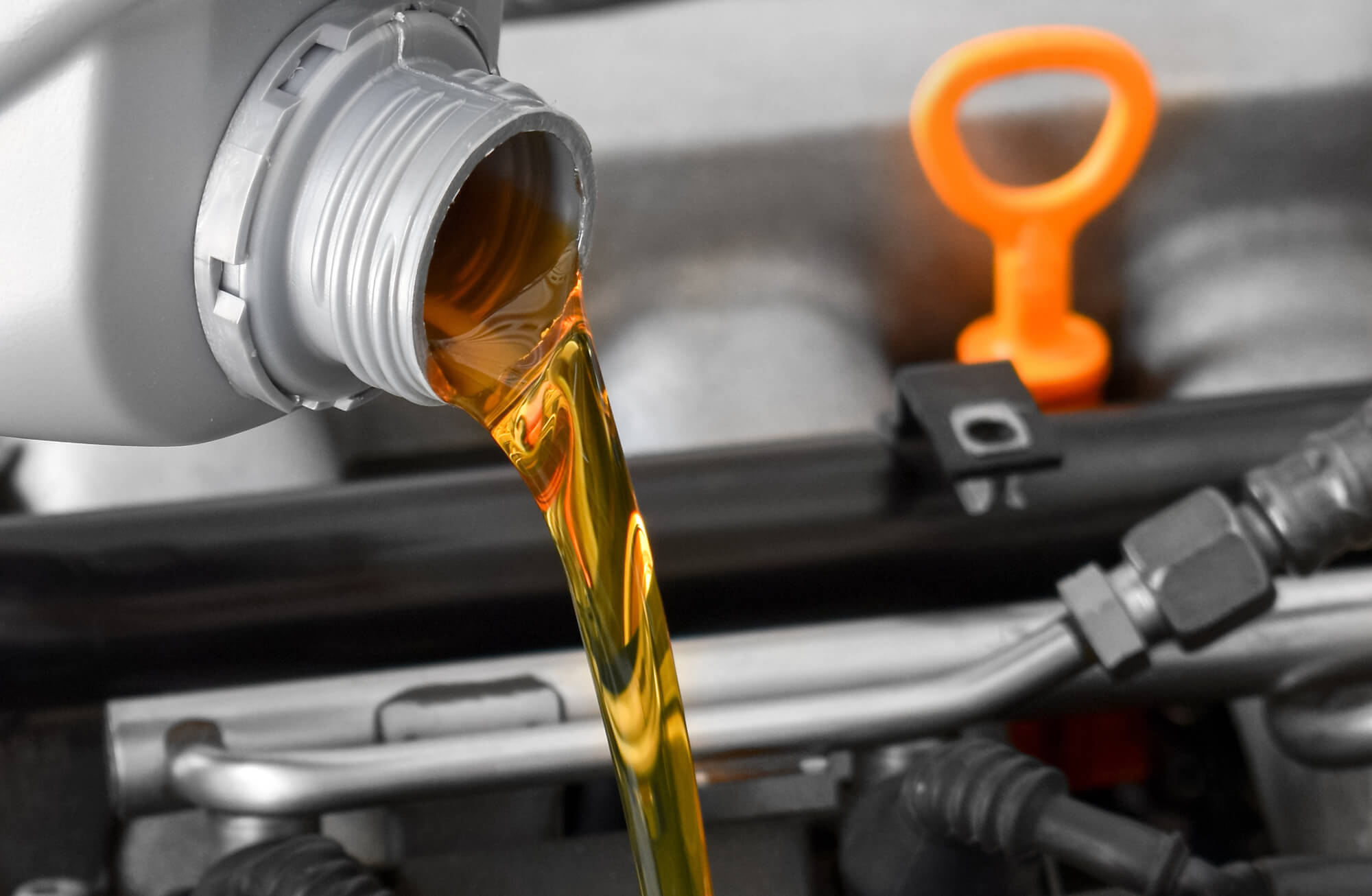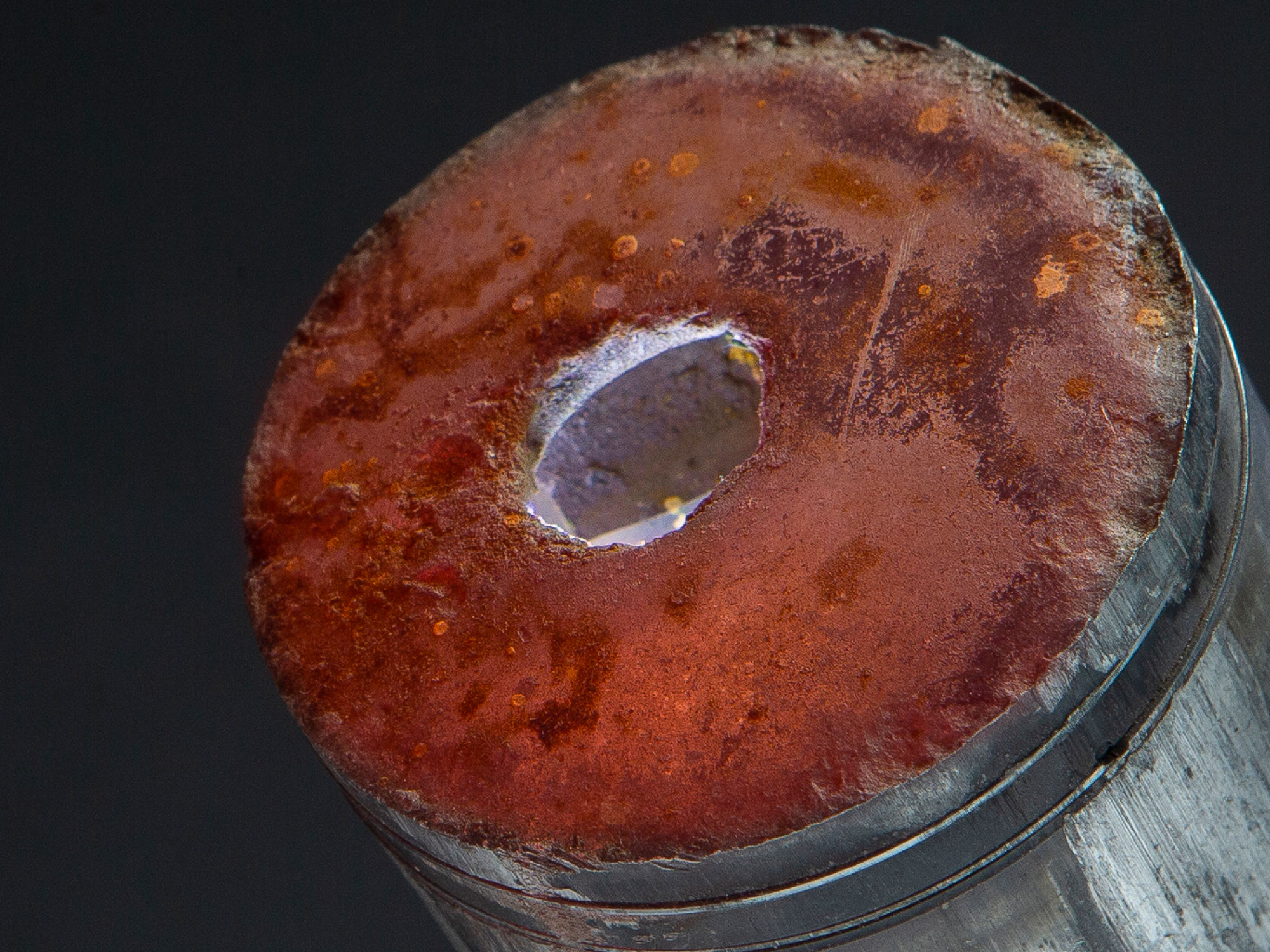Remember the elegance of Landau roofs? That iconic faux-convertible silhouette—often paired with vinyl cladding and ornate decorative bars—once turned every street corner into a catwalk of chrome-laced sophistication. But could this nostalgic flourish from motoring’s golden age be revving up for a second act in the era of electric minimalism and aerodynamic efficiency?
A Landau roof, at its core, is a styling element designed to mimic the appearance of a convertible top, most often covered in vinyl or canvas-like material, and occasionally dressed with faux hinges or S-shaped Landau bars. While these were largely non-functional on postwar vehicles, their presence whispered of bespoke carriages and chauffeur-driven luxury—a statement of prestige rather than practicality.
Rooted in the grand tradition of horse-drawn carriages and later romanticized in mid-century American coupes, Landau roofs became synonymous with elite cruising comfort and personalized panache. But somewhere between the rise of hatchbacks and the reign of crossovers, this styling signature quietly exited stage left.
This article dives into the layered story behind Landau roofs: from their storied origins and mid-century heyday to their cultural symbolism and slow fade from relevance. More importantly, we’ll explore whether whispers of a revival—spotted in concept designs and niche aftermarket mods—signal a comeback for this polarizing yet undeniably iconic automotive flourish.
A Look Back: The Golden Age of Landau Roofs
From Carriages to Cars: Where It All Began
The tale of the Landau roof begins not with a combustion engine, but with the clip-clop of horse hooves on cobblestones. Originally, the Landau referred to a carriage with a two-part folding roof—designed for passengers to enjoy both shade and open air. This convertible-style top could be opened in sections, lending both flexibility and flair. It was a coach of choice for nobility and heads of state, reserved for ceremonial visibility and aristocratic presence.
Fast forward to the early 20th century, and automotive designers—eager to infuse their new machines with elegance and familiarity—borrowed heavily from these visual cues. The earliest automobile Landau roofs did indeed function partially like their carriage predecessors, offering sections that retracted. But as mass production ramped up and true convertibles took the spotlight, the Landau became more of a styling suggestion than a structural feature.

Rolling in Prestige: The Peak Decades
From the 1920s through the 1970s, the Landau roof reached its zenith—not as a functional element, but as a symbol of automotive opulence. Especially in the United States, personal luxury coupes became rolling canvases for status expression, and the Landau roof was their defining brushstroke.
Among the icons that carried the Landau flag with grace:
- Cadillac Eldorado Biarritz – With its sweeping body lines, rich leather interiors, and often half-vinyl roof treatment, this was rolling real estate for the affluent.
- Ford Thunderbird (5th and 6th generations) – A perfect blend of sporty and sophisticated, Thunderbirds with Landau tops added character and a whisper of European grand touring flair.
- Lincoln Continental Town Car/Coupe – Perhaps the archetype of the Landau aesthetic, these cars wore the vinyl roof and Landau bars like a tuxedo—stately, dignified, unmistakably upscale.
- Chrysler Cordoba – Famously endorsed by Ricardo Montalbán, this model’s “soft Corinthian leather” and Landau options made it the suburban executive’s dream in the mid-70s.
- Mercedes-Benz W114/W115 – Though more restrained than their American cousins, even some European models dabbled with vinyl-topped elegance for their discerning clientele.
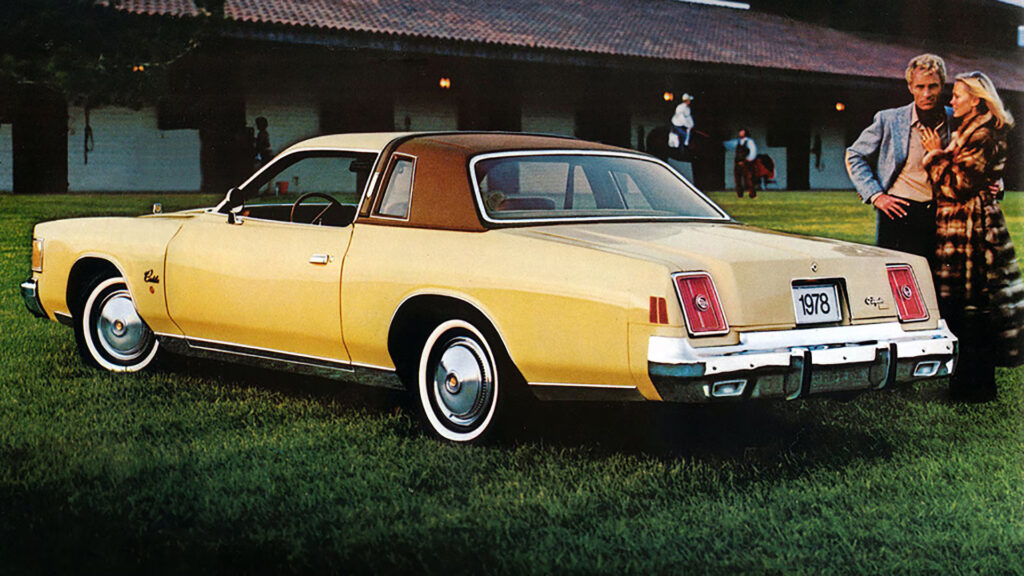

The Look That Meant Luxury
The visual language of the Landau roof spoke volumes. It said, “I don’t need a convertible, I just could have one if I wanted.” It echoed themes of timeless elegance, old-world prestige, and subtle power. The Landau was about presence, not performance. It made even a conservative sedan feel like a parade float—without the confetti.
For American consumers especially, it embodied a dream: of leisure, of comfort, of showing up to church or a board meeting with style. In an era before carbon footprints and electric range anxiety, appearance trumped aerodynamics.
The Long Goodbye
By the late 1980s, however, the winds of design began to shift. Boxy silhouettes gave way to wind tunnel-sculpted curves. Consumers demanded performance, fuel economy, and modernity. Simulated convertible tops started to feel like costume jewelry—outdated, excessive, a relic of an era that no longer fit the tech-forward narrative of the ‘90s and 2000s.
The Landau roof faded quietly from dealer lots, remaining primarily in aftermarket circles and funeral coach upfits. What was once a badge of taste became, in some eyes, a symbol of kitsch.
Modern Interpretations and Potential Revival
In today’s automotive landscape, the true, unapologetically classic Landau roof remains a rare breed. No mainstream automaker currently offers a factory-standard model with a traditional Landau roof—complete with vinyl cladding and decorative bars. However, the story doesn’t end in obsolescence. Instead, the legacy of the Landau roof has found new, more nuanced ways to whisper from beneath sleek rooflines and sculpted pillars.
While OEM applications have largely disappeared, the funeral and limousine industries still rely on the Landau silhouette as a marker of formality and tradition. Coachbuilders like Eureka and Federal offer Cadillac and Lincoln conversions with full or half Landau tops, preserving the aesthetic for ceremonial occasions. These vehicles feature vinyl-covered roof sections, typically with chrome Landau bars—serving both as a visual separator and a nod to legacy luxury.
Though these models operate in a niche context, their continued existence keeps the Landau language alive—just not in dealership showrooms.
Subtle Nods in Mainstream Design
Look closely, and you’ll notice many modern vehicles paying tribute through more abstract expressions:
- Contrasting Roof Colors: A trend particularly visible in compact SUVs like the Range Rover Evoque, MINI Cooper, or Toyota C-HR, where roof panels are finished in a different color or texture. This visual segmentation echoes the break between roof and body once emphasized by vinyl Landau tops.
- Textured Roof Panels: Certain luxury sedans and high-spec trims (such as some Maybach S-Class editions or Rolls-Royce custom commissions) incorporate satin or brushed finishes that differentiate the roof visually without compromising on modern elegance.
- Window and C-Pillar Treatments: The Lincoln Continental Concept (2016) featured a sweeping chrome window frame and sculpted C-pillar that evoked the grandeur of past Landau designs, minus the vinyl. Similarly, Genesis G90 uses chrome garnish and pillar treatments to reinforce a sense of timeless sophistication.
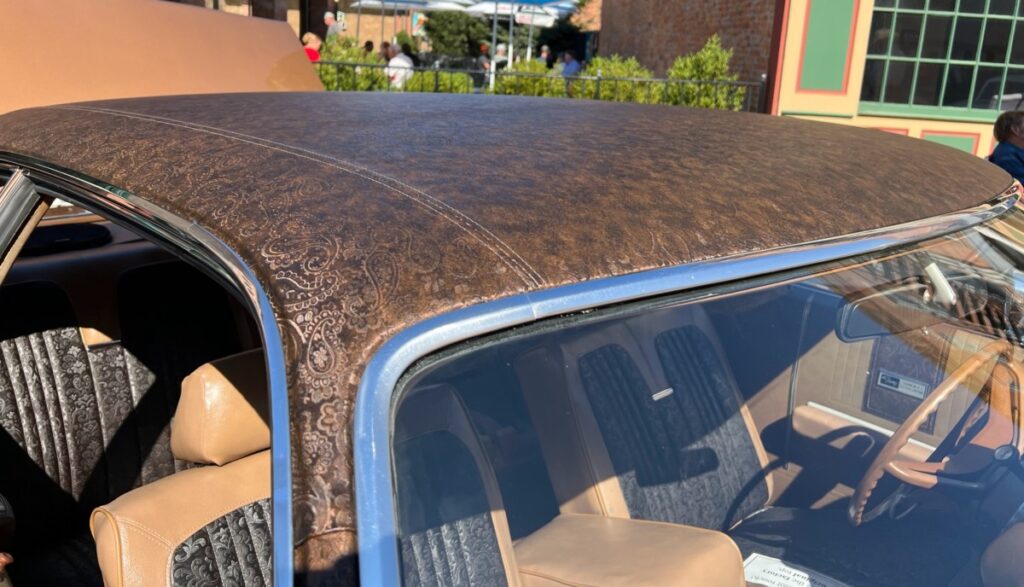
Automotive concept design often plays with nostalgia, and several prototypes have subtly reimagined the Landau for modern palates. The Cadillac Celestiq concept, for instance, integrates segmented roof panels with electrochromatic glass, providing a “convertible feel” via technology. While there’s no vinyl or faux-bars in sight, the effect is spiritually aligned with the original intent: giving rear passengers an elevated, semi-private experience with visual drama.
The Hyundai Vision T and Volkswagen ID. Vizzion concepts also explore contrasting roof aesthetics and pronounced roofline treatments, hinting at a future where design and storytelling intermingle more boldly.
Why the Resurgence Now? Decoding the Trend Cycle
The idea of a Landau roof revival might seem unlikely—until you zoom out and consider today’s broader cultural and consumer context.
- Nostalgia is Profitable: From retro gaming consoles to vintage fashion drops, design cues from the past are capturing attention across industries. In automotive, this manifests in the resurrection of nameplates like the Ford Bronco and Jeep Wagoneer—vehicles steeped in heritage, now reborn with modern capabilities.
- The Differentiation Imperative: In a sea of increasingly aerodynamic and minimalist EV silhouettes, bold visual contrasts (especially at the roofline) can create much-needed identity. A nod to Landau styling could become a tasteful way to stand apart without going full “retro.”
- Personalization is Everything: Modern consumers want their vehicles to reflect their lifestyle and taste. Aftermarket vinyl roof kits, wrap-style finishes, and even 3D-printed trim elements allow enthusiasts to recreate the Landau aesthetic—without waiting for OEMs to sign off on the idea.
- Tech + Craftsmanship = Opportunity: Today’s materials science has evolved far beyond the cracking vinyl of the ’70s. Lightweight composites, smart glass, and nano-coatings allow designers to achieve visual segmentation and textural variety without sacrificing performance or longevity.
The Appeal and Potential Drawbacks
What Makes It Work: The Magnetic Pull of Landau Redux
- Unique Styling in a Sea of Sameness: A modern interpretation of the Landau roof instantly creates visual drama. It introduces asymmetry and contrast in an era dominated by smooth continuity.
- Elegance Reimagined: This is not about being loud—it’s about quiet distinction. A refined roofline treatment can suggest heritage, wealth, and an appreciation for finer details without shouting.
- Retro Connection: For collectors, customizers, and enthusiasts, Landau elements rekindle memories of iconic rides and a more ceremonious relationship with cars.
- Customization Canvas: Whether it’s a DIY wrap job or a custom build, this trend gives enthusiasts an additional surface—literally and metaphorically—for self-expression.
Where It Could Go Wrong
- Artificiality and Authenticity: The same critique that helped drive Landau roofs off the lot in the ‘80s still holds weight—does a non-functional, purely aesthetic feature add value, or feel like pretense?
- Maintenance Matters: Textured panels and contrast materials require care. Vinyl or vinyl-like treatments can be prone to fading, peeling, or weather damage if not engineered properly.
- Design Harmony and Aero Efficiency: Any visual element that disrupts a clean aerodynamic flow must justify its presence. In performance EVs, especially, every curve matters.
- Cost and Complexity: Unique trim packages or optional finishes mean more SKUs, more tooling, and ultimately more expense. Is the market large enough to make it worth it?
- Niche Appeal: The styling of Landau roofs—no matter how modernized—may remain polarizing. Some will call it “timeless,” others “tacky.” That subjectivity could limit its mass-market viability.

Conclusion: A Legacy Reimagined?
From their prestigious beginnings in the era of horse-drawn carriages to their reign on the vinyl-clad coupes of the mid-20th century, Landau roofs have long been symbols of elegance, status, and design drama. While their visual language has largely faded from mainstream production, echoes of their styling—contrasting roof textures, segmented silhouettes, luxurious trim—continue to whisper through modern automotive design in both subtle and deliberate ways.
So, is the Landau roof making a comeback? Not in its original form, perhaps—but its essence is far from forgotten. What we’re witnessing is not a resurrection, but a reinterpretation. Whether through niche applications in funeral coaches, bespoke custom builds, or design cues in luxury and concept vehicles, the Landau aesthetic is evolving, quietly infiltrating modern sensibilities under the guise of retro charm and design distinction.
As automotive design continues to balance innovation with nostalgia, there’s room for history to inspire the future. Could the next era of electric vehicles embrace bold roofline contrasts as a new symbol of personal luxury? Or will the Landau remain a quietly admired relic of the past?
In an age of sleek sameness, maybe—just maybe—a little vinyl-inspired drama is exactly what the design world needs. What do you think—is it time for a Landau revival?
